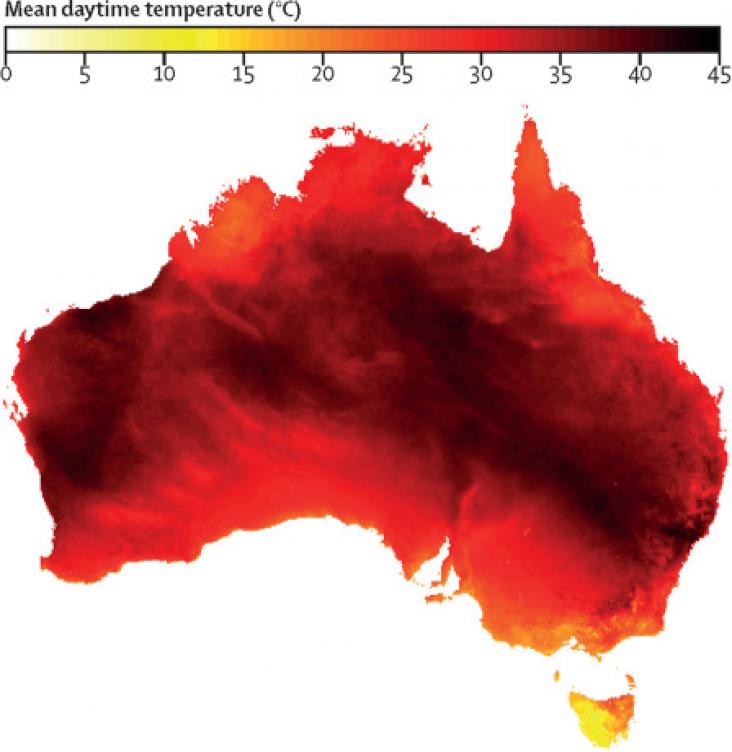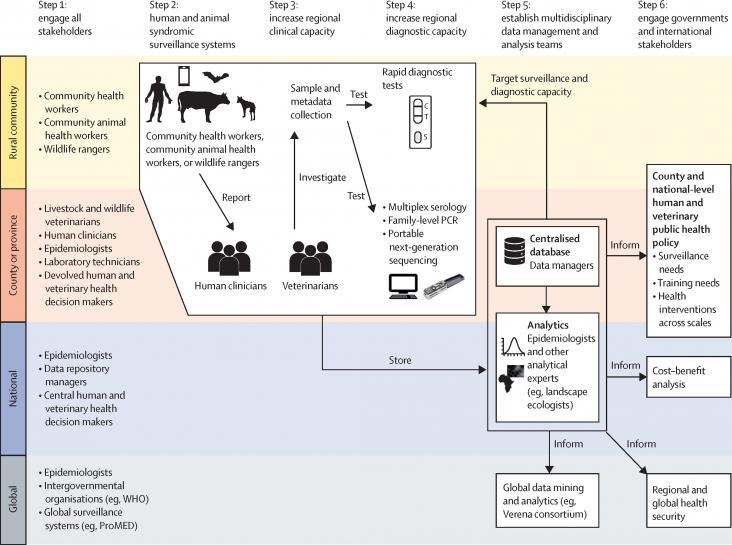Background: In autoimmune hepatitis (AIH), clinical practice and treatment guidelines frequently diverge as a reflection of disease heterogeneity and challenges in achieving standardised care.
Background: Hepatitis C is a preventable and treatable disease that has been declared a public health problem.
Background & Aims: HBV infects over 257 million people worldwide and is associated with the development of hepatocellular carcinoma (HCC).

Background: Increasing air conditioner use for cooling indoor spaces has the potential to be a primary driver of global greenhouse gas emissions.
In the journey towards attaining the Sustainable Development Goals (SDGs), large scale organic farming has emerged as a strategy of increasing significance.

This Special Issue highlights publicly available journal articles and book chapters focusing on various humanitarian issues related to the crisis in the Ukraine and other countries.
The aim of this study was to evaluate the effects of complete decongestive therapy (CDT) in patients with breast cancer-related lymphedema (BCRL), in regard to volume reduction, functional status and quality of life (QoL). In th context of SDG Goal 3, the study found that phase 1 CDT in a combined manner performed daily for 3 weeks, greatly reduces the volumes as well as improves the disability and QoL, especially when performed earlier.
In this episode of The Lancet Voice, linked to SDGs 3 and 16, Oksana Pyzik joins Gavin Cleaver and Jessamy Bagenal to talk about the short and long-term health impacts of the conflict in Ukraine, and what happens next for those forced to flee.

This Viewpoint supports SDG 3 by highlighting why investing in disease surveillance in remote rural areas of LMICs will benefit global communities, and using Kenya as an example, showing how such surveillance can be strengthened and integrated into existing systems while sustaining biodiversity.
Phthalates are used in plastic production to make plastic products more durable, but they can reliease toxic pollutants via airborne that cause varios metabolic disorders. This research article evaluates the potential health benefits in terms of reducing metabolic disorders (e.g. diabetes & obesity) via strengthening the standards on the use of phthalates in China, the world's leading markets of phthalates.
